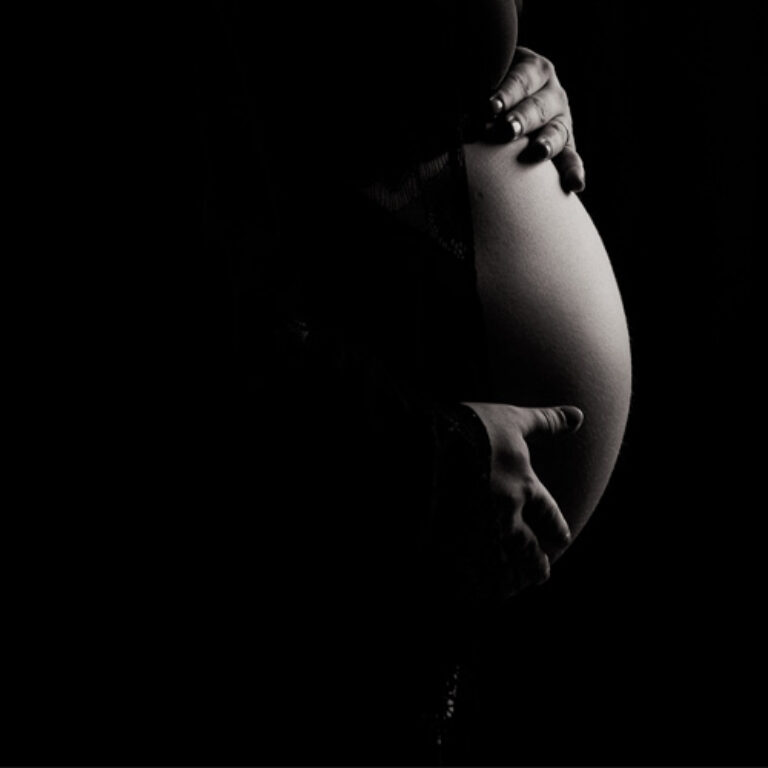Almost everyone is familiar with the idea that if a person dies as a result of the negligence of another, damages could be recovered in a wrongful death lawsuit. However, perhaps not as common is the idea that one could also recover for prenatal harms. There are three different kinds of prenatal harms recognized at common law. They are wrongful life, wrongful birth and wrongful conception.
The state of Georgia is one of a few states that does not recognize wrongful birth claims. However, a Georgia sperm bank, Xytex Corp. and a local fertility clinic are now at the center of at least two lawsuits. The plaintiffs thought their sperm donor was a neuroscientist, when in fact he turned out to be a convicted felon with mental health issues. Previous litigation was dismissed because Georgia does not allow wrongful birth claims. At issue is how the sperm doner was described on Xytex’s website.
A wrongful birth claim results when a child is born that would not have been in the absence of medical malpractice. In general, these cases fall into three categories: 1) births caused by failed sterilization procedures, 2) the failure to inform parents of a birth defect or abnormality of their unborn child, and 3) failed abortion attempts.
In a wrongful life claim, the child is the plaintiff and the damages are the cost of the child’s support. In a wrongful birth claim, the plaintiff is the parent and the damages are the cost of the child’s support. Both allow recovery for the birth of unhealthy children. These sound like the same thing, especially since the damages are the cost of the child’s support under both theories of recovery, but it does matter which claim is chosen. If the child recovers, it’s her money and would last a lifetime. If the parent recovers, the parent can only recover for support up until age 18. Recovery is limited, however, to the extraordinary expenses of raising the child, not the normal and foreseeable costs of raising a healthy child. Wrongful Conception, where it is allowed, differs from wrongful birth and wrongful life in that it allows for the recovery of unwanted healthy children.



